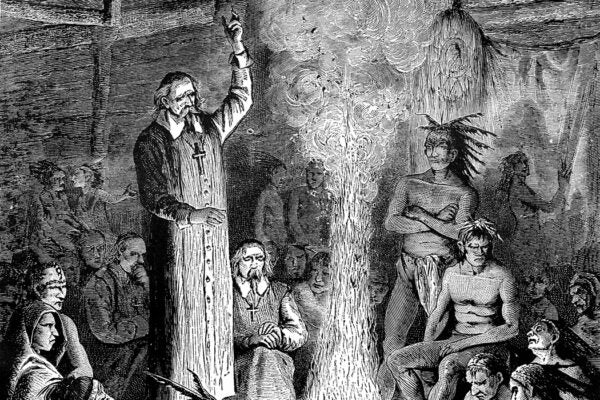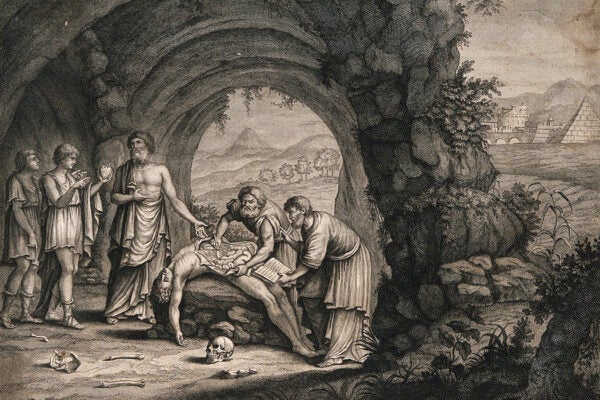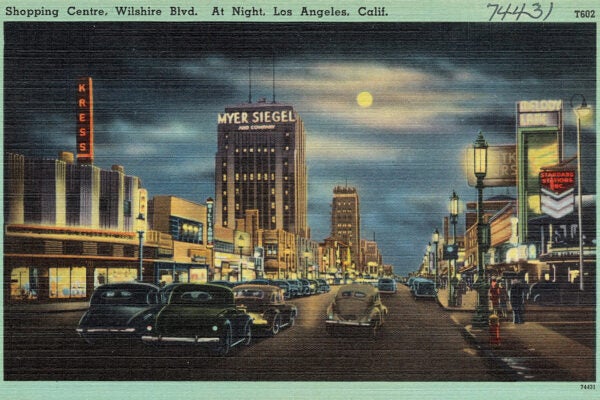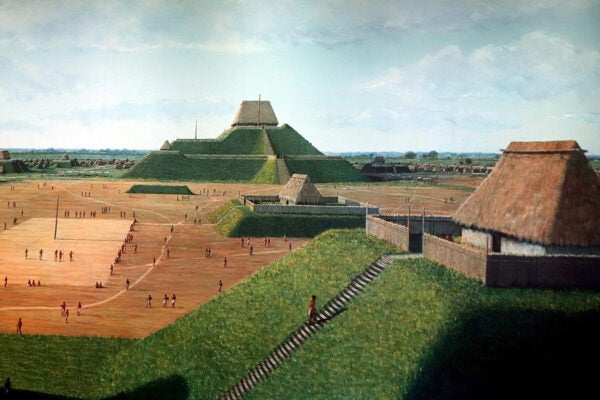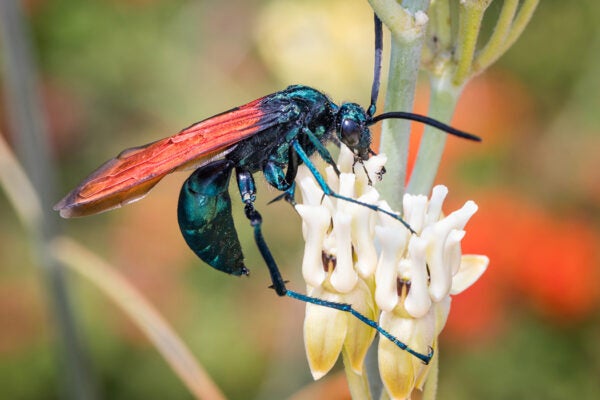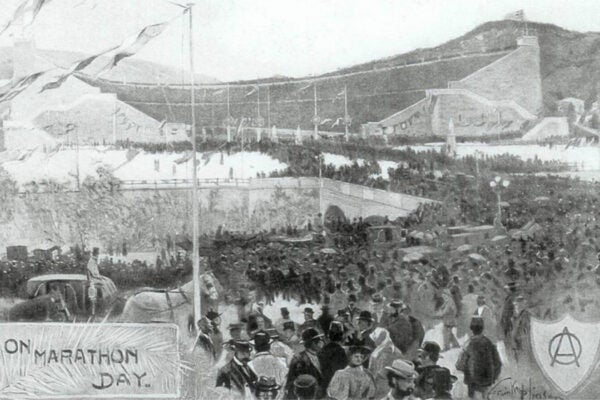Making Scents of Jesuit Missionary Work
The use of sensory stimulants like incense gave Jesuits a common framework with the North American nations they encountered on missionary trips.
The Jet Stream’s History, Cookbooks, and Feminist Fury
Well-researched stories from Nautilus, Black Perspectives, and other great publications that bridge the gap between news and scholarship.
The Anti-Sex-Trafficking Vigilantes Next Door
A fear of rampant sex-trafficking in American cities sparked a new wave of civilian vigilante activity in the early twenty-first century.
The Anatomists of Ancient Alexandria
Cultural forces under the Ptolemaic dynasty briefly allowed scholars like Herophilus to practice dissection—and possibly vivisection—on human subjects.
Gaylord Wilshire’s Boulevard of Marxist Dreams
One of the first American socialists to run for office, Wilshire was born rich and got richer before losing it all by self-publishing a socialist magazine.
Azolla filiculoides: Balancing Environmental Promise and Peril
One of the world’s tiniest fern species, Azolla filiculoides may be one of our greatest tools for lowering agricultural pollution and greenhouse gas emissions.
How IBM Took Europe
After World War II, IBM worked to influence the new balance of power by locating facilities for the production of its electric typewriter across Europe.
How Native Americans Guarded Their Societies Against Tyranny
Many Native American communities were consensus democracies that survived for generations because of careful attention to checking and balancing power.
Sting! (Don’t Stand So Close to the Tarantula Hawk)
Tarantula hawk wasps offer some of the most painful stings known to humans, giving them almost absolute protection from vertebrate predators.
The Invention of the Marathon
The Hellenic inspiration for the 26.2-mile races which draw over a million runners yearly worldwide had nothing to do with sport—but everything to do with war.
